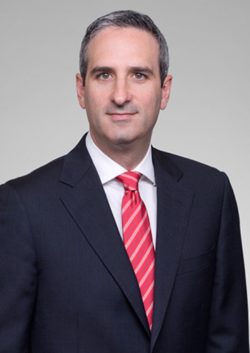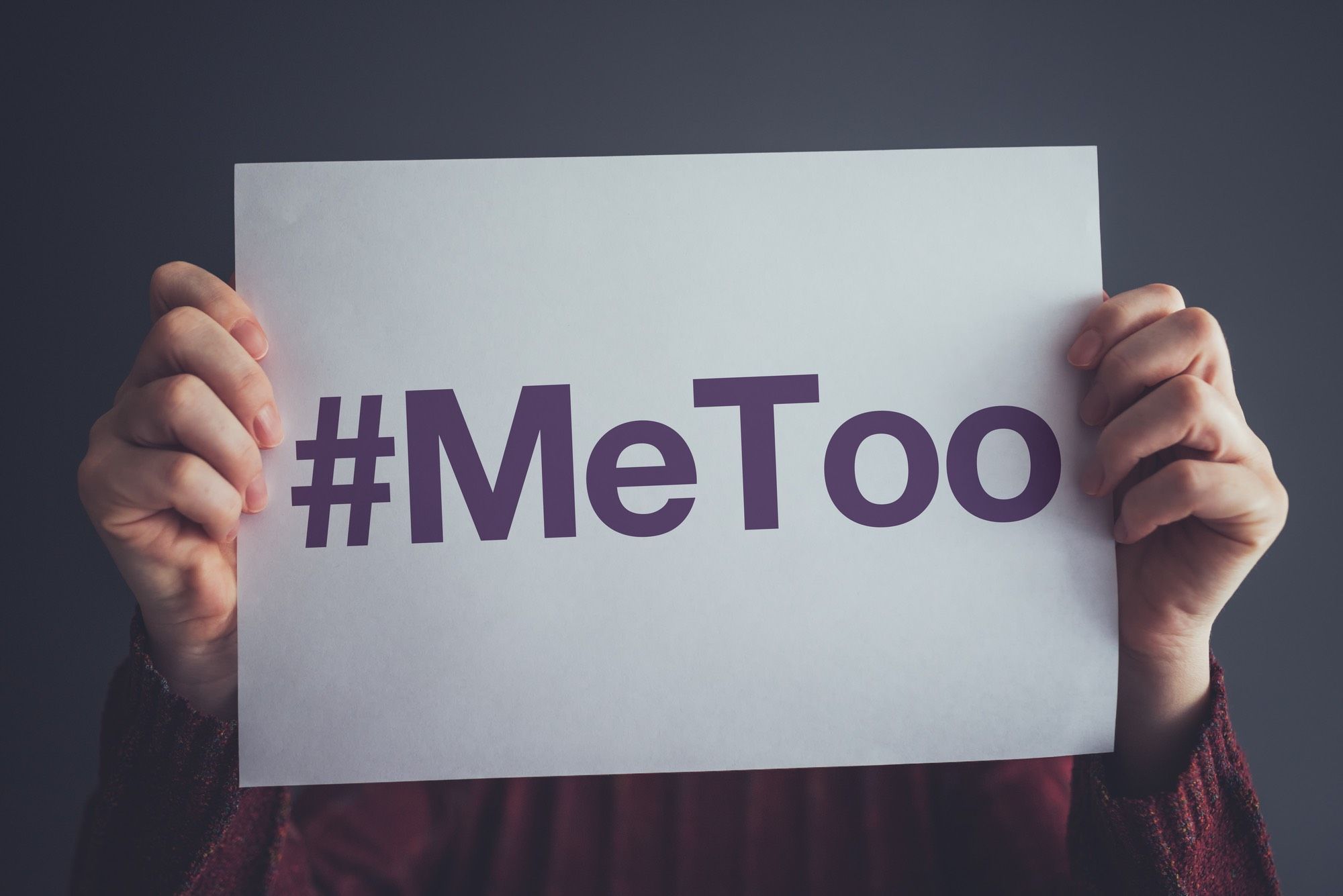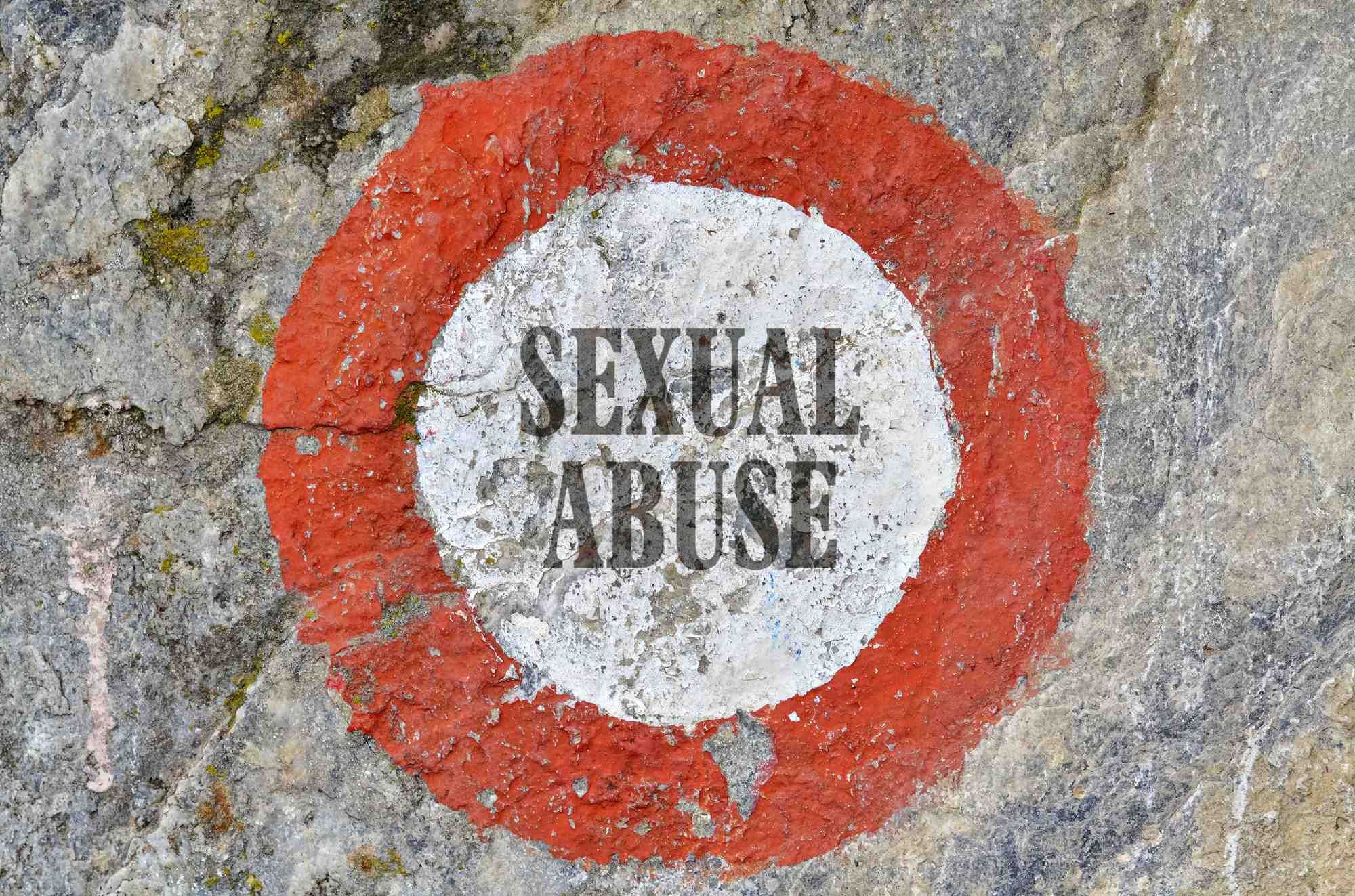Top Class Actions’s website and social media posts use affiliate links. If you make a purchase using such links, we may receive a commission, but it will not result in any additional charges to you. Please review our Affiliate Link Disclosure for more information.
Sexual assault has gone from an uncomfortable topic pushed under the rug, to an uncomfortable topic that is making national headlines throughout today’s #MeToo and social justice movements. The emergence of sexual abuse class action lawsuits, a novelty in recent decades, is being used as a vehicle for social justice against religious orders, the State and schools.
Robert Kugler, a Canadian class actions lawyer and experienced legal guru of sexual abuse class actions, has litigated some of the most important sexual assault class actions in recent Quebec history. Some of his cases include the François Lamarre case (awaiting authorization), Les Soeurs de la Charité (Grey Nuns) and the Brothers of Sacred Heart class action. A proud McGill University Faculty of Law graduate and awarded numerous prestigious recognitions, Robert Kugler takes on this eminently difficult topic, and explains how these class action lawsuits are revolutionizing Canada’s social justice landscape.

Sexual Abuse Survivors: “Power in Numbers”
When class actions first emerged on the Canadian legal scene, the most common area was consumer class action lawsuits, explains Kugler. The accomplished Montreal lawyer believes that the evolution of class actions to include sexual abuse cases is a natural step in its development.
“The logic was, when a consumer is deprived of $50 or $100 due to conduct that violates the Consumer Protection Act, the consumer is often denied access to justice.” The is because the cost, time and effort for bringing a claim is not worth it for an individual plaintiff.
A fundamental social objective of class action lawsuits is access to justice, economy of resources and behaviour modification. “Now transpose that to sexual abuse class actions, which was not contemplated when this vehicle was introduced in the late 1970’s.”
Nevertheless, Kugler argues that class action lawsuits are “tailor made” for sexual assault cases. Passionate about access to justice, he explains that over the past 20-some years, the legal community has come to learn that victims of sexual assault do not have access to justice for various reasons.
A major hurdle for survivors is simply connecting the dots. “They have a tremendous psychological block that prevents them from making the link between what they’re going through as adults and the abuse they endured as children. They cannot connect the dots to realize they have a case, and where they do, 90% of them will not come forward out of fear […] of not being believed and being re-victimized.”
The logic underlying the procedure for consumer class action lawsuits is to promote access to justice for those who don’t normally have that access. According to Kugler, victims of sexual assault don’t have a “practical access to justice” because they fear coming forward.
Aside from economy of resources, which sexual assault class actions fulfill just as other class action lawsuits, these cases also fulfill the behaviour modification criteria, according to Kugler. “Obviously it stands to reason that a class action that has punch and power, that allows power in numbers against a revered institution, captures the public’s interest and a favourable decision, we hope, will deter this type of behaviour going forward.”
“You’re Not Alone… #MeToo”
So, what does the sexual abuse class actions process look like? How do these Tridents of social justice even begin? Kugler explains that the first step involves coming forward and seeking legal help.
“One person has the courage to come forward […] and comes to us and says ‘this is the first time I’m talking about this’ and talks to us about the abuse. We first ask them who they were abused by.” Kugler highlights that lawyers working with complainants often understand that those who break the silence are not alone in the trauma suffered.
Kugler’s message: “There is no way that this predator started with you and ended with you. If it took you 50 years to come forward, there is likely many others like you.”
All it takes is one voice to get the ball rolling. “It’s interesting to the public so the media often report it. Then many other victims want to support the person who came forward, so our phones start ringing off the hook.”
“Biggest Obstacle is Behind Us in Sexual Abuse Class Actions”
There are many hurdles in bringing a sexual assault class action. “The biggest obstacle by far was – note the past tense – the issue of prescription, or statute of limitations.”
There have been major developments in the past year and a half, notes Kugler, that alleviated the process for survivors seeking justice.
In June, Bill 55 changed the law of prescription so that cases for damages for victims of sexual abuse cannot be prescribed: A major barrier removed, and a huge victory for sexual abuse survivors.
Another hurdle is evidence, especially given that sexual assault class action lawsuits are often brought decades after an alleged abuse.
A landmark sexual assault class action against a religious order successfully proceeded to trial on the merits in 2014. This is the Redemptorists class action. Kugler filed the case and won an impressive $20 million for survivors, the largest amount ever awarded in such a case in Quebec history.
The events in question occurred at the Collège (Séminaire Saint-Alphonse), located in Ste-Anne-de-Beaupré. The Collège employed lay as well as religious personnel, members of the Redemptorist Congregation.
The facts alleged in the class action extended from 1960 to 1987. Decades later, a dozen witnesses came forward with testimonies of sexual abuse.
According to the Superior Court of Québec’s judgement, “most of the students who testified […] filled with shame and embarrassment […] described with precision the actions of the priests, the circumstances and the places in which they took place. The court does not question what they recounted.”
“We had 13 victims testify and the sister of one of the victims who committed suicide and left a note. They all testified before the judge about the abuse they endured 30, 40, 50 years ago. More poignant testimony I have never heard,” recalls Kugler.
Importantly, in this landmark case, witness testimony was the evidence, and the Court accepted it. “When it comes out, it is so compelling.”
“Sexual Assault Automatically Causes Serious Injury”
“Sexual assault has always been a fault that automatically causes serious injury,” Kugler says, citing the Supreme Court of Canada. According to him, these words are decisive in alleviating some of the obstacles sexual assault class actions faced over the years. For example, Quebec law demands that a claim for 
Importantly, Kugler is talking about civil cases. Unlike bringing a sexual assault claim before a criminal court, where the objective is to punish the wrongdoer, “the civil justice system, like class actions, is designed to give justice to the victim for his or her suffering.”
Sexual assault class actions are civil in nature, and therefore have the goal of offering victims reparation, which in most cases, is money.
“Is it a perfect form of justice? No. Monetary compensation can never give these people back their lives [before the trauma].” However, Kugler points out that the civil system gives victims a voice and an opportunity to be understood and compensated, and in his experience, survivors appreciate this opportunity.
“They are grateful that they are finally getting acknowledgement of what happened to them and some form of justice.”
“It’s Not Your Fault”
A number of actors can be responsible and held liable for sexual abuse. Kugler explains that throughout the class action lawsuit process, survivors learn that the aggression was not their fault, but rather, the fault of other players. This is where the concept of vicarious liability comes into play.
Vicarious liability is a legal construct that attributes liability to an employer or superior for an employee’s or agent’s fault that occurred in the course of their duties.
For example, in the Redemptorists case, the religious order assigned certain priests to be dormitory supervisors. “Their job is to take care of the children. There is an expectation that they will be in close contact with the children […] there is every opportunity for the adults to be in special relationships with the students, necessitating measures to ensure they are properly trained.”
Kugler explains that the religious order is responsible for ensuring that there is oversight, “and if there is a failure to take these measure there is vicarious liability.”
Another systemic issue that has been common practice, according to forensic psychiatrist and sexual deviancy expert, Dr. John Bradford, is the taboo associated with sexual deviancy among priests and the resulting failure to treat aggressors. This can constitute another element of liability.
Nevertheless, Kugler remains optimistic that things are moving in the right direction: the Church is coming out about sexual abuse, which was unfathomable a couple years back.
“If some of these class actions have had the effect of modifying behaviour so that institutions can address this head on, and be transparent about it, and help society,” stresses Kugler, “ these class actions are giving access to justice to so many. The abuse can no longer be denied.”
Share your thoughts with us on sexual abuse class action lawsuits in the comments below!
ATTORNEY ADVERTISING
Top Class Actions is a Proud Member of the American Bar Association
LEGAL INFORMATION IS NOT LEGAL ADVICE
Top Class Actions Legal Statement
©2008 – 2024 Top Class Actions® LLC
Various Trademarks held by their respective owners
This website is not intended for viewing or usage by European Union citizens.


















4 thoughts onSocial Justice and #MeToo Move to Sexual Abuse Class Actions
I was as sultry problem 40 hrs ago. It was my principle he would make me watch as he abused my male classmates screamING obese it is about myself . He got charged with as sully on the boys and many of the . Over the yrs I wanted to speak out but ,I would look on Google and I guess there was a ban put on what happened so it felt like I was crazy. At the time I was 12 and got thrown out of home due to not attending school. If I could turn back time I would fight like no other to bring him justice .
Mine was about 44 years ago by a Shriner aka upper echelon mason. You know, the group that helps children. Bet nobody is willing to go against that group.
finally someone willingvto fight the “man” in my community our local CFS office is invovled with child sexual abuse and for 4 years i have tried to find an organization , person or anyone willing to stand up against them. there are cou tless families but few that will speak up. people in. numbers is the only way to make change
Add me